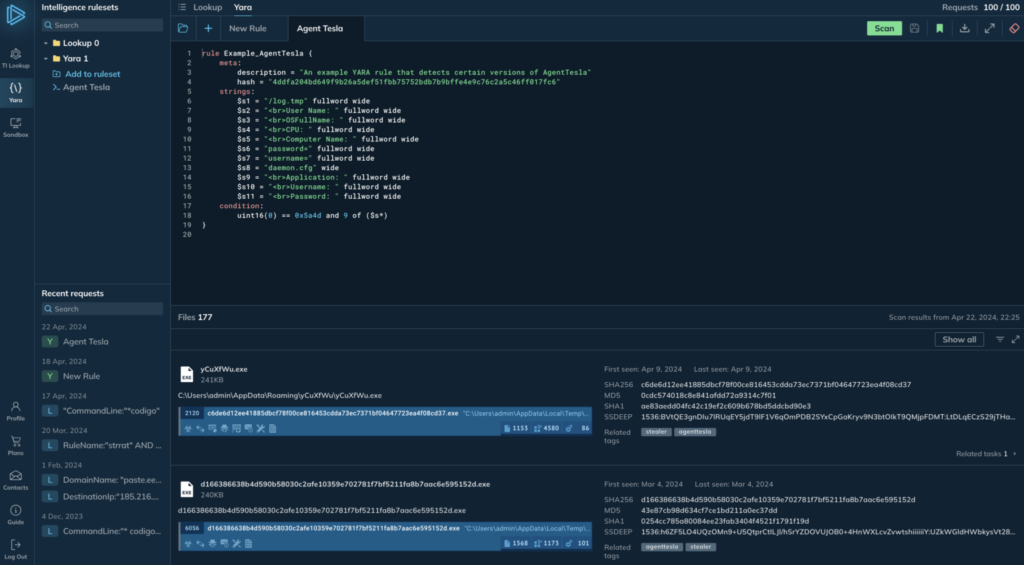From theguardian.com

Tech that comes with weak passwords such as “admin” or “12345” will be banned in the UK under new laws dictating that all smart devices must meet minimum security standards.
Measures to protect consumers from hacking and cyber-attacks come into effect on Monday, the Department for Science, Innovation and Technology said.
It means manufacturers of phones, TVs and smart doorbells, among others, are now legally required to protect internet-connected devices against access by cybercriminals, with users prompted to change any common passwords.
Brands have to publish contact details so that bugs and issues can be reported, and must be transparent about timings of security updates.
It is hoped the new measures will help give customers confidence in buying and using products at a time when consumers and businesses have come under attack from hackers at a soaring rate.





